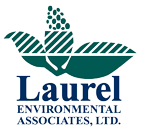LAUREL ENVIRONMENTAL ASSOCIATES, LTD.
53 West Hills Road,
Huntington Station, NY 11746
(800) 453-0578
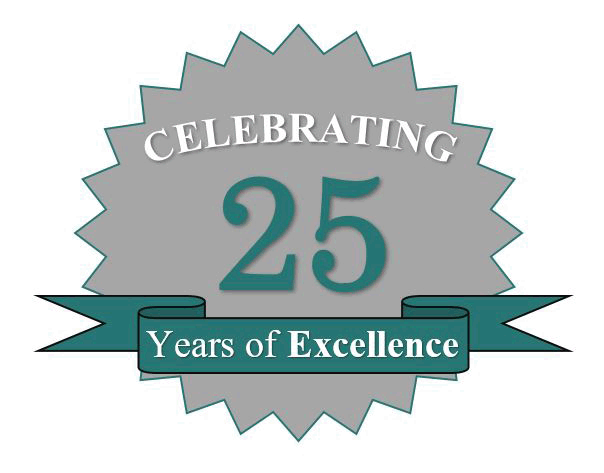
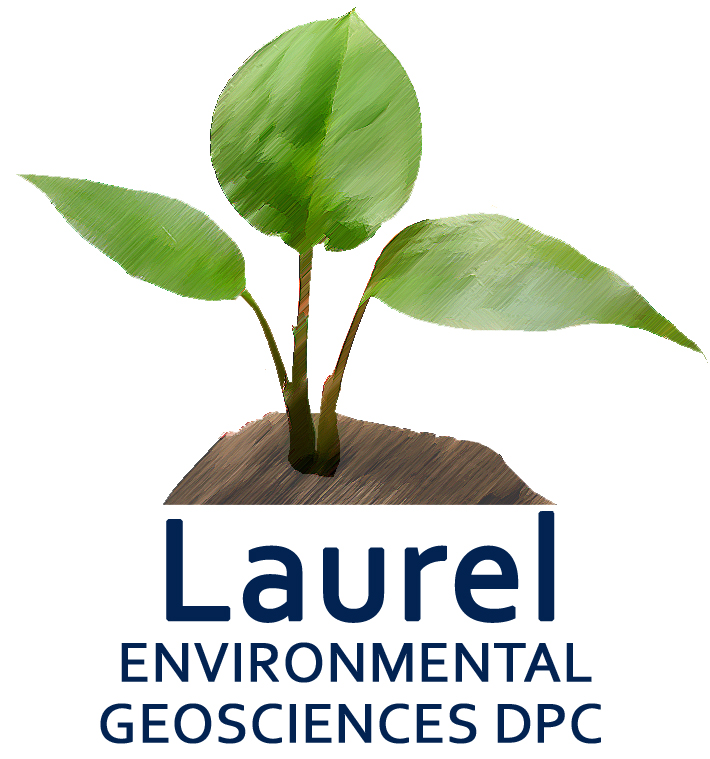
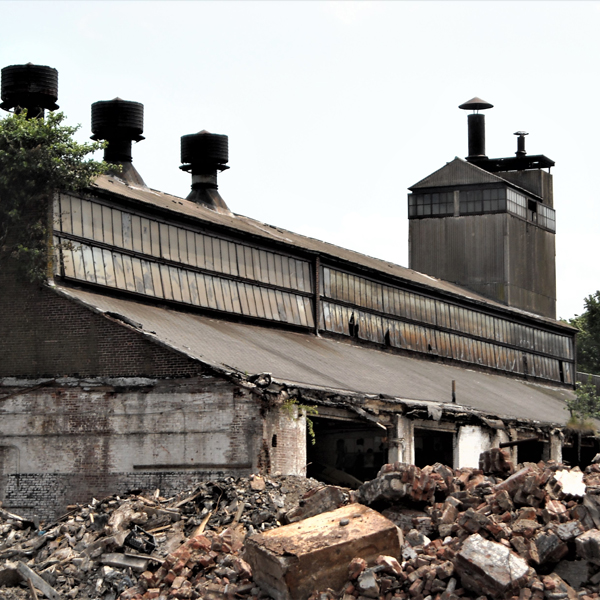
Phase I Environmental Site Assessments
Site History Review
Phase I Environmental Site Assessment (ESA) consist of four main components:
- Site history review (this page)
- A site-specific environmental study
- A review of federal, state, and local records
- And a final comprehensive written report
A site history review is comprised of a detailed background search to identify current and historical uses of a Building or Subject Property in question. The historical use of a building can reveal potential environmental risks to the site in question and/or surrounding properties. Similarly, an in-depth review of the historical property use at nearby sites can also assist in excluding potential environmental risks from the final report.
As such, our clients can trust that an all-inclusive review of available resources has been conducted with due diligence throughout the assessment process. Laurel researches several sources of information to include the Coles Telephone Directory, Sanborn Fire Insurance Maps, historical aerial photographs, and site contact interviews. A review of the site history and nearby properties can determine if any hazardous substances may have been present and how they may have been released into the environment.
Federal, state, and local records are retrieved after submitting a FOIA request to the respective agency or department for a review of applicable records. Any pertinent information is included in the final report and thereby provided to the client for reference. Each resource provides essential information, which altogether aid in effectively portraying the historical background for the Building and/or Subject Property in question.
Services Include:

review of federal, state and local databases
determine if the subject site or any sites up to a one mile radius of the subject site are listed

A site specific study
of the pertinent geologic, hydrogeologic conditions and hydrologic data found at the site

Written report of findings
clearly lay the groundwork for additional study, if warranted.
If contamination is discovered, LAUREL can design and optimize an economical mitigation plan that is environmentally sound. In some cases, early implementation of a proactive remedial strategy will permit a property transaction to move forward while a clean-up is in progress.
Phase II Soil / Groundwater Testing
When there is suspicion of contaminated soil or contaminated groundwater at a site, sampling and analysis must be completed to confirm the presence or absence of the suspected contaminants. This is achieved through the installation of groundwater monitoring wells and sampling of soil from cores.
The validity of the results obtained through this sampling relies heavily on the proper placement of monitoring wells and soil borings, though the placement is largely subjective. It is therefore important for a highly skilled scientist to conduct research on site history and visual reconnaissance in formulating a plan, and final decision of proper placement of the monitoring wells and borings to obtain relevant samples.
Whenever possible, LAUREL makes every effort to limit costs, damage to property and especially disruption of business, through the use of the latest state of the art drilling and sampling equipment available.

DATA COLLECTION
Correct media sampling methods are just as important as proper well installations and sampling point decisions. Utilizing the correct sampling equipment and decontamination techniques, LAUREL ensures that no cross contamination has occurred. Without exception, only properly trained and certified staff collect samples.
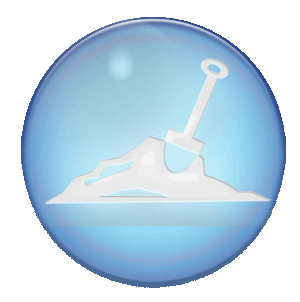
SOIL BORINGS AND MONITORING WELL INSTALLATIONS
When there is suspicion of contaminated soil or contaminated groundwater at a site, sampling and analysis must be completed to confirm the presence or absence of the suspected contaminants. This is achieved through the installation of groundwater monitoring wells and sampling of soil from cores.
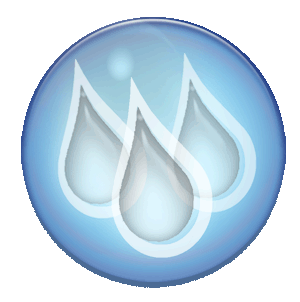
GROUNDWATER/SOIL SAMPLING AND ANALYSIS
Groundwater depths and product thicknesses are determined using an oil/water interface probe. Wells are developed using a bladder pump, to a turbidity (a measure of the silt present in water) of 50 nephelometric units (NTU's), or less to ensure proper hydraulic connection with the surrounding aquifer.
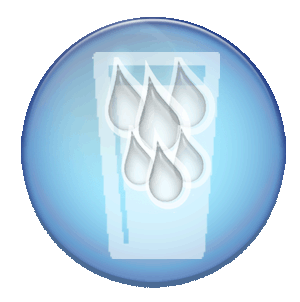
DRINKING WATER SAMPLING AND ANALYSIS
Lorem ipsum dolor sit amet, at duo affert homero incorrupte, vis eripuit accusata ut, wisi reprehendunt cum in. Te facete accumsan quo. Simul dolor eos te, ad possit adipiscing pri.

SLUDGE
SAMPLING
LAUREL has found that septic systems, and industrial and storm water leaching pools are often receptors of significant contamination at any given property. By design, these systems leach as much water as possible into the ground.
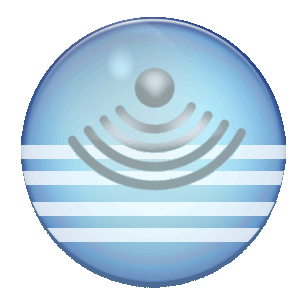
GEOPHYSICAL SURVEYS
LAUREL conducts geophysical surveys to aid in the discovery of underground storage tanks, buried drums, fill material, unexposed drywells and large scale subsurface hydrocarbon contamination with no excavation or drilling necessary.
BROWNFIELD REDEVELOPMENT
When there is suspicion of contaminated soil or contaminated groundwater at a site, sampling and analysis must be completed to confirm the presence or absence of the suspected contaminants. This is achieved through the installation of groundwater monitoring wells and sampling of soil from cores.
The validity of the results obtained through this sampling relies heavily on the proper placement of monitoring wells and soil borings, though the placement is largely subjective. It is therefore important for a highly skilled scientist to conduct research on site history and visual reconnaissance in formulating a plan, and final decision of proper placement of the monitoring wells and borings to obtain relevant samples.
Whenever possible, LAUREL makes every effort to limit costs, damage to property and especially disruption of business, through the use of the latest state of the art drilling and sampling equipment available.
MORE ENVIRONMENTAL SERVICES
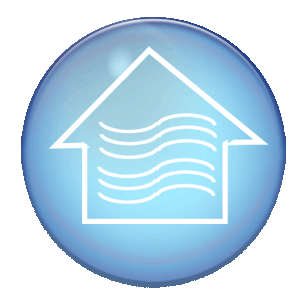
Indoor Air Quality Studies
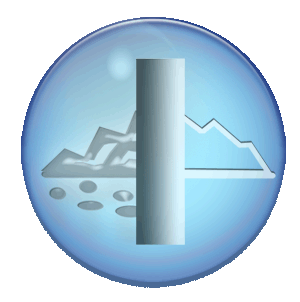
Soil / Groundwater Remediation
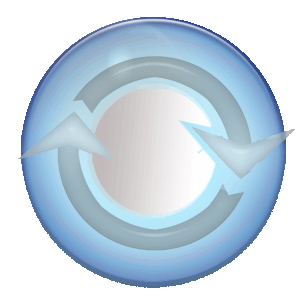
Brownfield Redevelopment
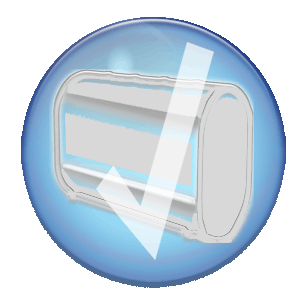
Tank Removal, Installation, Testing, Design and Permitting
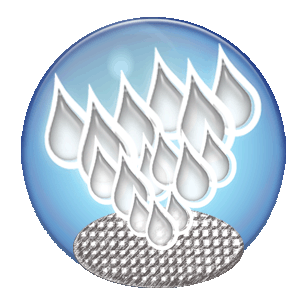
Underground Injection Control (UIC) Program
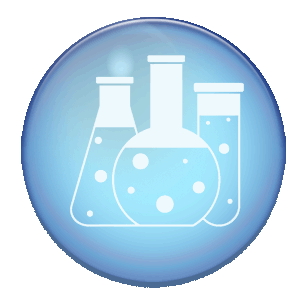
Lead and Asbestos Testing and Operations and Maintenance (O & M) Programs
Contact Us
© 2019 Laurel Environmental Geosciences D.P.C.
Website by Factxback.com Websites and Videos
